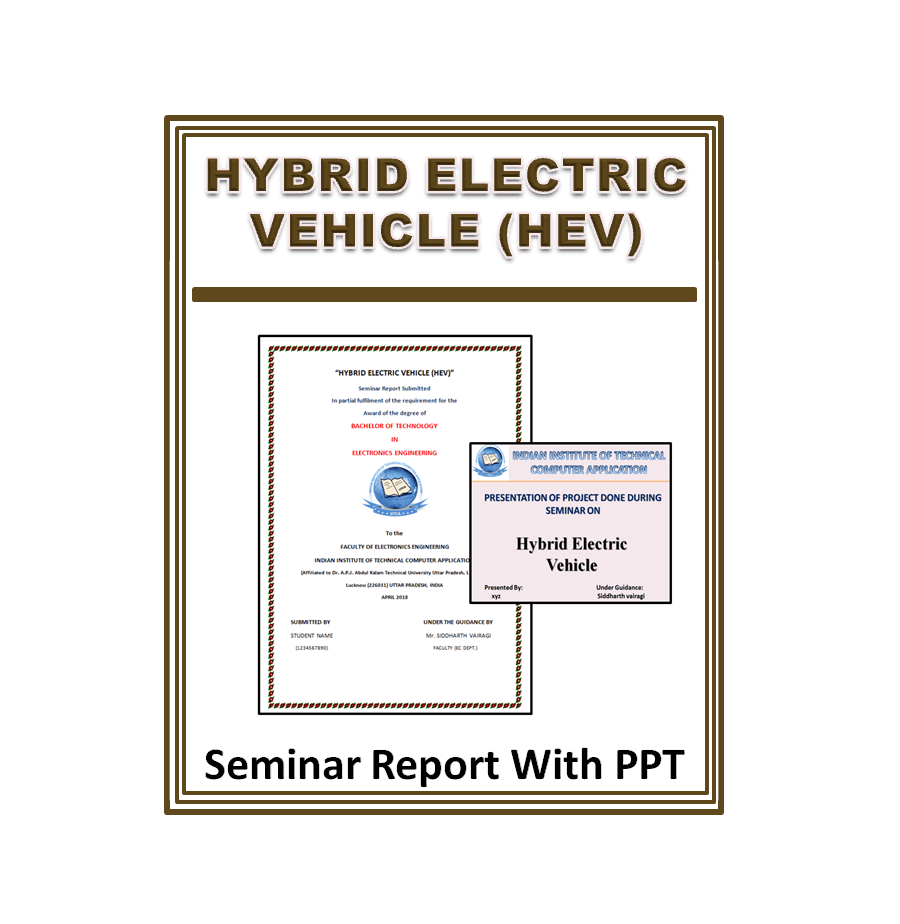Description
INTRODUCTION
The Global Vehicle Emissions Challenge
The traditional internal combustion engine made economic sense when oil was cheap and plentiful and the effects of burning fossil fuels and pollution were not understood. Although electric vehicles were popular at the start of the 20th century, they declined given their low top speed, and the discovery of large oil reserves. One hundred years later, oil now accounts for about 95 per cent of the global transportation sector fuel and 13 percent of global greenhouse gas emissions.
The environmental damage from the internal combustion engine is further compounded by the problem of air pollution. As well as carbon dioxide emissions, cars also produce dangerous chemicals such as nitrogen oxides (NOx), Sulphur oxide (SOX) and carbon monoxide emission ns. While the industry has been able to produce technologies to try to limit these dangerous chemical is, transport using fossil fuels cannot completely eliminate these emissions.
Hybrid Electric Vehicle (HEV) Seminar Report
Page Length : 28
Content :
- Introduction
- HEV Technical Considerations
- Working Of HEVs
- Modelling Of Regenerative Braking System
- Advantage And Disadvantage Of HEV
- Policy Measures
- References
Hybrid Electric Vehicle (HEV) Presentation Report (PPT)
Page Length : 27
Content :
- Introduction
- What is Hybrid Electric Vehicle (HEV) ?
- Hybrid Structure
- Components of HEV
- Advantages of HEV
- Conclusion










Reviews
There are no reviews yet